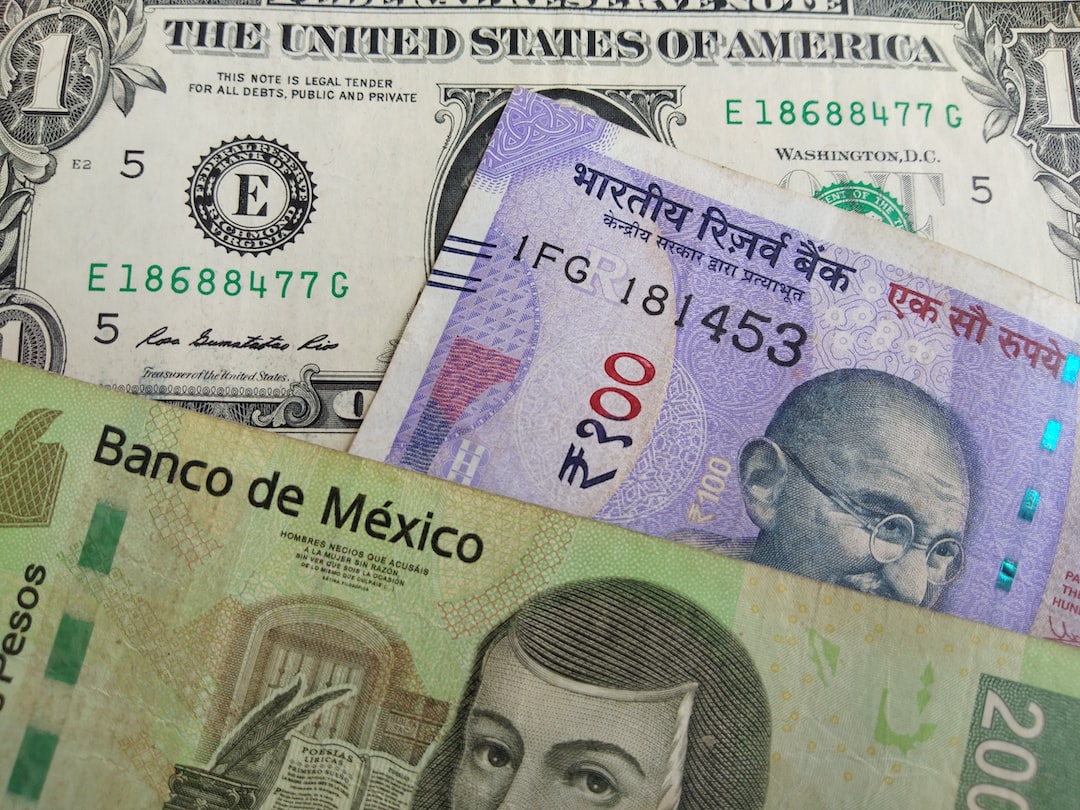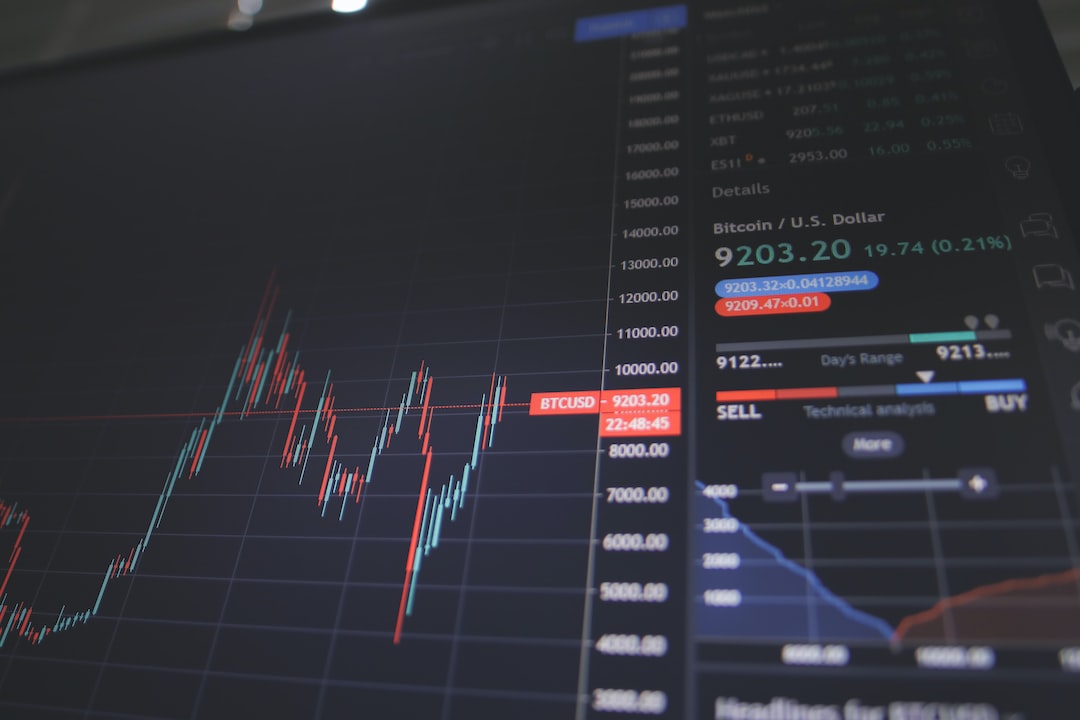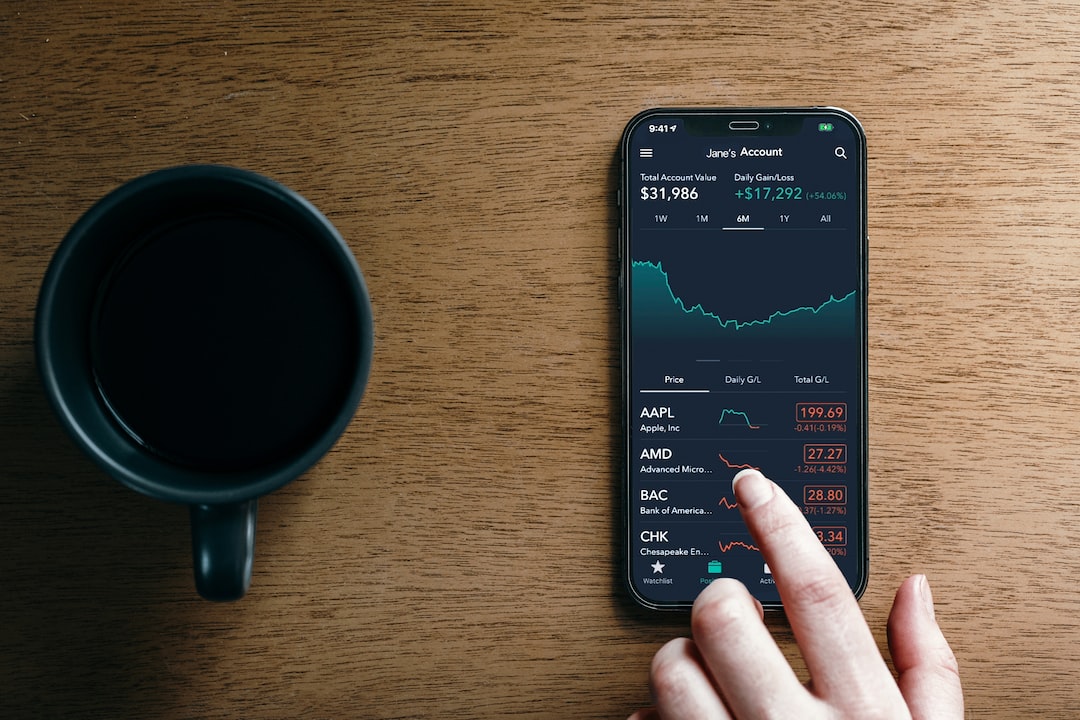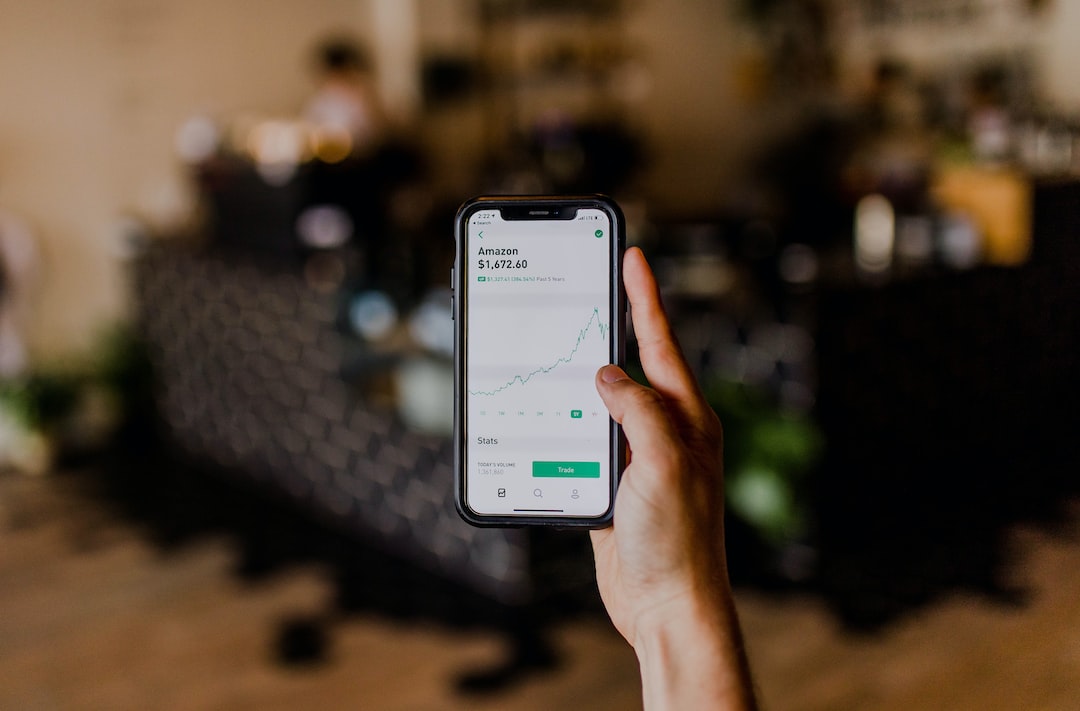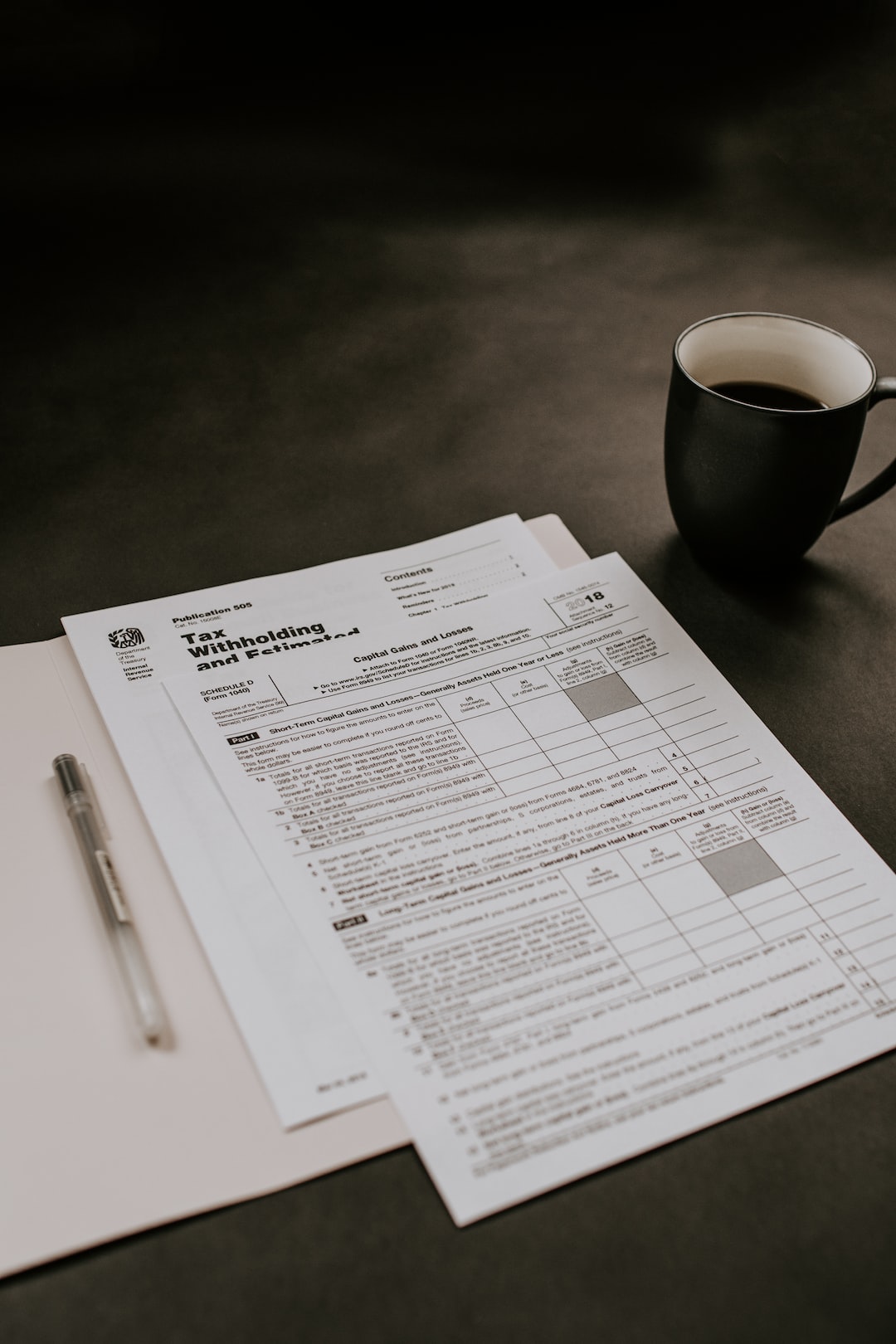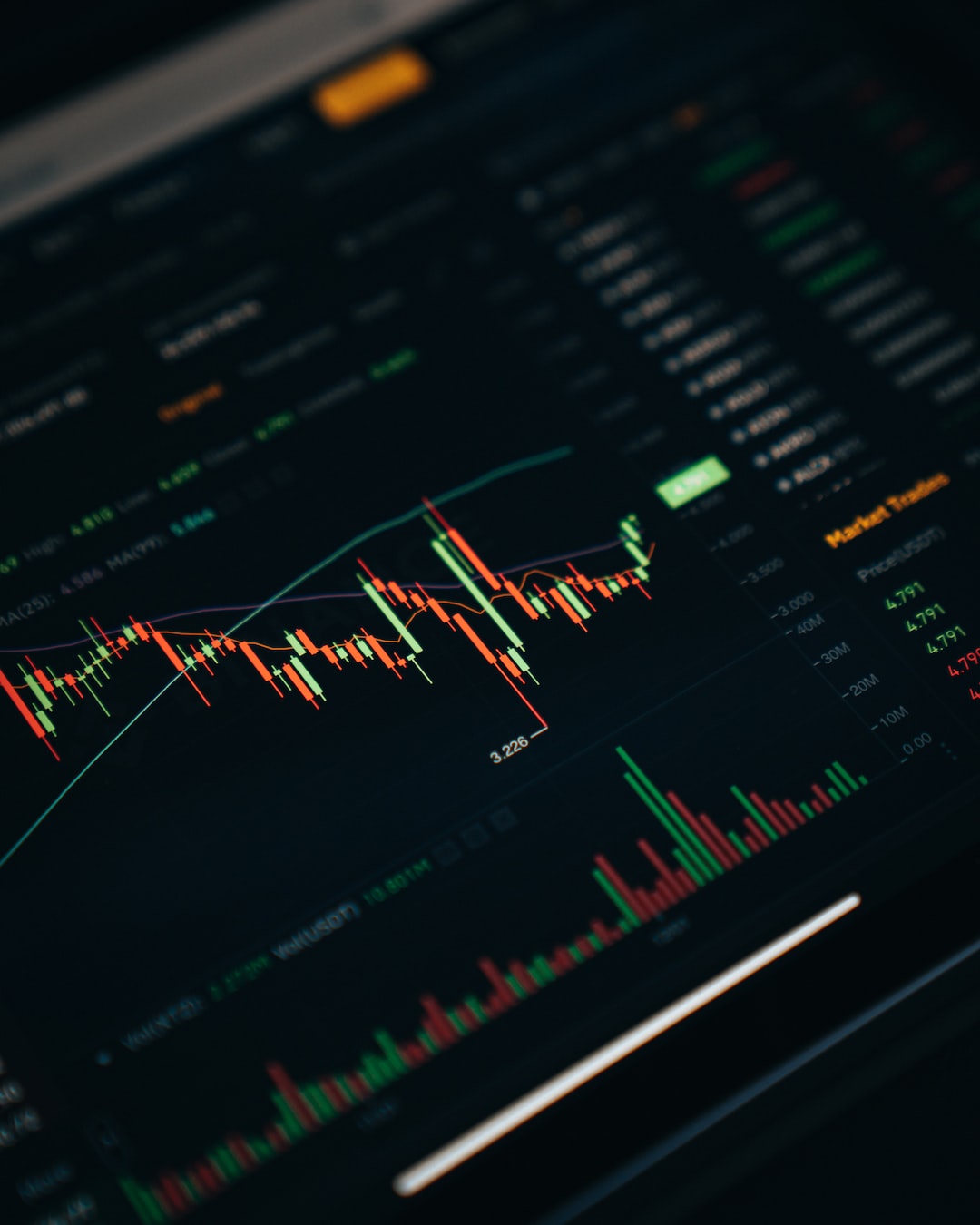One of the key decisions that forex traders need to make is whether they want to focus on day trading or swing trading. Each style of trading has its own unique characteristics and requires different strategies. In this article, we will explore how to adjust your forex strategy for day trading versus swing trading sessions.
Day trading refers to the practice of buying and selling financial instruments, such as forex pairs, within the same trading day. Day traders aim to take advantage of short-term price fluctuations and close their positions before the market closes. On the other hand, swing trading involves holding positions for several days or even weeks, aiming to capture larger price movements.
The first step in adjusting your forex strategy for day trading versus swing trading sessions is to understand the timeframes that each style of trading requires. Day traders typically use shorter timeframes, such as 1-minute, 5-minute, or 15-minute charts, to make quick trading decisions. Swing traders, on the other hand, use longer timeframes, such as 1-hour, 4-hour, or daily charts, to identify trends and reversals.
For day trading, it is important to focus on high liquidity currency pairs that have tight spreads. This allows day traders to enter and exit positions quickly without incurring significant transaction costs. Popular currency pairs for day trading include EUR/USD, GBP/USD, and USD/JPY. Swing traders, on the other hand, can trade a wider range of currency pairs as they are not as concerned about short-term liquidity.
Another key difference between day trading and swing trading is the frequency of trades. Day traders typically make multiple trades throughout the day, aiming to capitalize on small price movements. Swing traders, on the other hand, make fewer trades and aim to capture larger price movements. This means that day traders need to have a more active approach to monitoring the market and managing their positions.
When it comes to technical analysis, day traders often rely on indicators that provide quick and actionable signals. Popular indicators for day trading include moving averages, stochastic oscillators, and relative strength index (RSI). These indicators help day traders identify short-term trends, overbought or oversold conditions, and potential entry or exit points. Swing traders, on the other hand, focus more on trend-following indicators, such as moving averages or trendlines, to identify longer-term trends and reversals.
Risk management is another crucial aspect to consider when adjusting your forex strategy for day trading versus swing trading sessions. Day traders often use tight stop-loss orders to limit their risk on each trade, as they aim to take advantage of small price movements. Swing traders, on the other hand, may use wider stop-loss orders to allow for larger price fluctuations.
Furthermore, day traders should have a clear plan for taking profits, as they aim to exit positions quickly. This can be done by setting profit targets or using trailing stop orders to lock in profits as the price moves in their favor. Swing traders, on the other hand, may have longer-term profit targets and may consider scaling out of positions as the price moves in their favor.
In conclusion, adjusting your forex strategy for day trading versus swing trading sessions requires careful consideration of various factors. These include the timeframe you are trading, the currency pairs you are focusing on, the frequency of trades, the indicators you are using, and your risk management approach. By understanding the differences between day trading and swing trading and adapting your strategy accordingly, you can increase your chances of success in the forex market.





